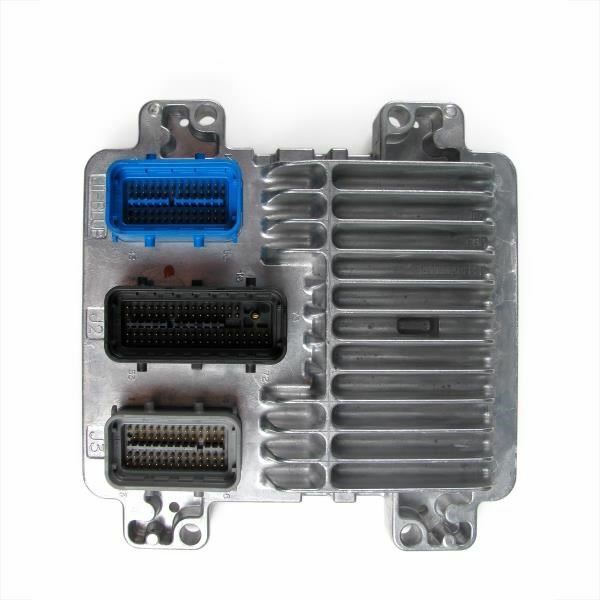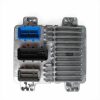Restore Your Envoy’s Reliability and Performance
Is your 2006 GMC Envoy XL running rough, stalling unexpectedly, or displaying a persistent Check Engine Light? These frustrating drivability issues often point directly to a failing Powertrain Control Module (PCM). This pre-programmed engine computer is the definitive, hassle-free solution to restore your SUV’s factory performance and get you back on the road with confidence. We take the guesswork out of the repair by flashing this module with the latest GM software updates, specifically matched to your vehicle’s VIN before it ships.
Common Symptoms of a Failing PCM & Your Solution
A faulty engine computer can cause a wide range of confusing problems. If you’re experiencing any of the following, a replacement is likely the answer:
- Unexplained Check Engine Light (CEL) illumination
- Diagnostic Trouble Codes (DTCs) like P0601, P0602, P0606, or U-series communication codes
- Vehicle refuses to start or has intermittent starting issues
- Poor engine performance, hesitation, or misfires
- Reduced fuel economy
- Erratic or harsh automatic transmission shifting
This professionally programmed 2006 GMC Envoy XL PCM 12589585 is the direct answer to these problems. It arrives at your door ready for a straightforward installation, eliminating the need for an expensive trip to the dealership for programming.
Features & Benefits
- ✔ VIN-Programmed for Your Envoy: We flash the module with the latest official GM software using your vehicle’s specific VIN. This ensures perfect compatibility and function right out of the box.
- ✔ Plug-and-Drive Installation: Designed as a direct-fit replacement, this module simplifies your repair. Simply install the unit, and you’re ready to go.
- ✔ Solves Complex Drivability Issues: The definitive fix for stalling, no-start conditions, poor performance, and persistent Check Engine Lights related to a faulty computer.
- ✔ Cost-Effective Dealership Alternative: Avoid the high costs and additional programming fees associated with a dealership visit. This is a smart, budget-friendly repair.
- ✔ Broad GM Compatibility: This module also serves as a direct replacement for a wide range of GM trucks and SUVs from this era. Please see the full fitment list.
- ✔ Backed by Our Guarantee: This unit is backed by our one-year replacement warranty. for your peace of mind.
From the Mechanic’s Bench: The GM GMT360 platform, which includes your Envoy, is known for its durability, but its electronics can be a common failure point as they age. A critical mistake we see is installing a used, un-programmed computer. This almost always triggers the Passlock anti-theft system, resulting in a frustrating no-start condition. Our process of programming the 2006 GMC Envoy XL PCM 12589585 to your specific VIN before shipment completely bypasses this issue. It ensures the security systems handshake correctly and your engine starts and runs as it should, saving you time, money, and a major headache.
Frequently Asked Questions
Do I need to do any programming after I install this PCM?
No. This PCM comes fully programmed to your vehicle’s VIN. In some cases, a simple “CASE Relearn” or “Security Relearn” procedure may be required, which can be performed with a capable scan tool or by following a simple key-cycle procedure. This ensures optimal communication with your vehicle’s other modules.
How do I provide my vehicle’s VIN?
After you complete your purchase, you can add your 17-digit VIN to the “notes” section of your order. If you forget, we will contact you via email to request it before we can program and ship your part.
Is this the correct part for my vehicle?
This module fits the 2006 GMC Envoy XL with the 4.2L engine and is a direct replacement for all part numbers listed in the description, including the primary part number 12589585. To be 100% certain, please match the part number from your original computer or contact us with your VIN.
What if my original part number isn’t on your list?
Our cross-reference list is very comprehensive, but there may be other compatible numbers. Please contact us with your vehicle’s VIN and the part number from your original module, and our experts will verify compatibility for you.
What is the warranty on this part?
This unit is backed by our one-year replacement warranty. This covers any defects in the module itself for a full year from the date of purchase.


